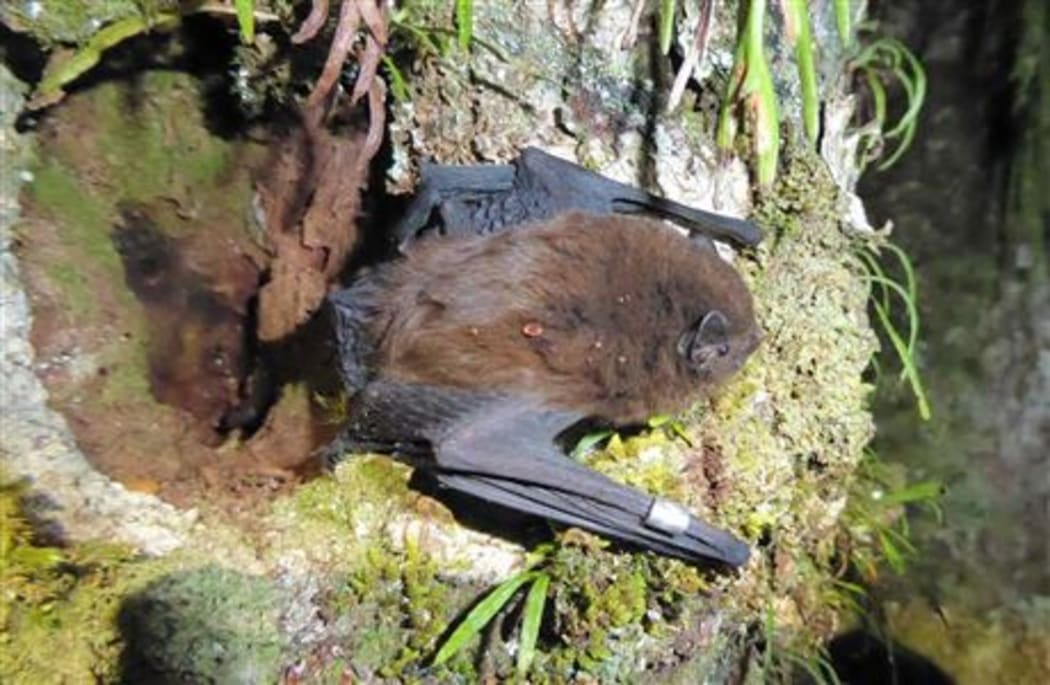A rare New Zealand long-tailed bat has been heard for the first time at Pūkaha National Wildlife Centre in Masterton.
The bat's calls were captured via an acoustic recorder after many years of rumoured sightings in the Wairarapa.
Ecologist Ruby Bennett told Morning Report hearing the call was a big deal.
"It is pretty exciting because there used to be bats in the area, but they have been not confirmed for a long time."
Finding the bats is easier said than done. Bennett said it's hard to spot them with your eyes and you're unlikely to find them unless you are near where a lot of their roosts are.
Long-tailed bats used to be common throughout New Zealand in the 1800s, but they became scarce in many districts around 1900-1930.
They're are smaller than NZ's other bat species, the short-tailed bat, weighing between eight and 11 grams when fully grown.

Photo: Department of Conservation
The species has the highest threat rating of "nationally critical".
Bennett's team wasn't very confident they would find any of the bats after surveying the same area at Pūkaha last year and coming up short but this time managed to capture one on an acoustic recorder.
"They work by detecting the echo locations that they [the bats] make when they fly," she said.
"You set them to start recording an hour before sunset to an hour after sunrise to maximise the chance that you'll find them."
Only one bat was detected.
Bennett said if there was a population of the bats in Pūkaha it's likely a very small one, but further surveys in the area over spring and summer time would be able to shed more light.
Long-tailed bats live and breed in the cavities of dead and old-aged native trees and are thought to produce only one offspring per year.
Pūkaha spokesman Alex Wall said staff at the centre were elated by the discovery and hoped it would shine the spotlight on one of New Zealand’s most threatened species.
“This bat is incredibly rare and at real risk of extinction. Unless there is intervention and fast, its population is forecast to decline by 90 percent over the next 30 or so years."

